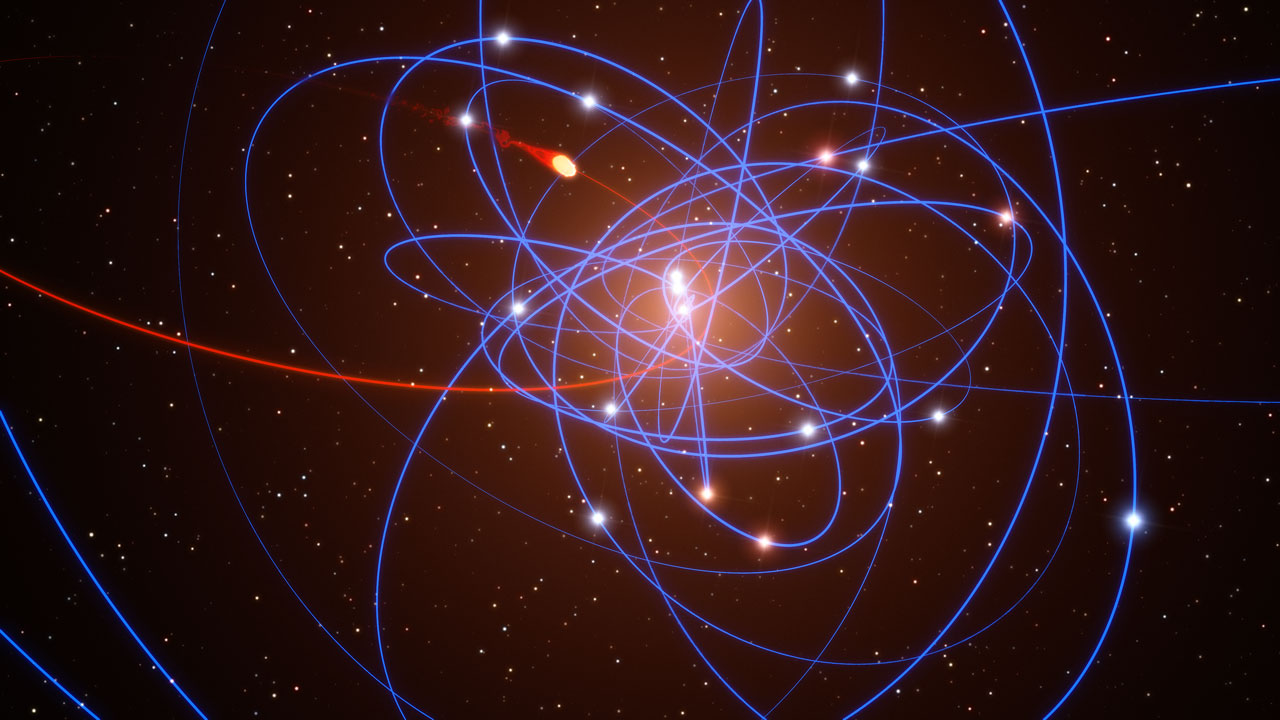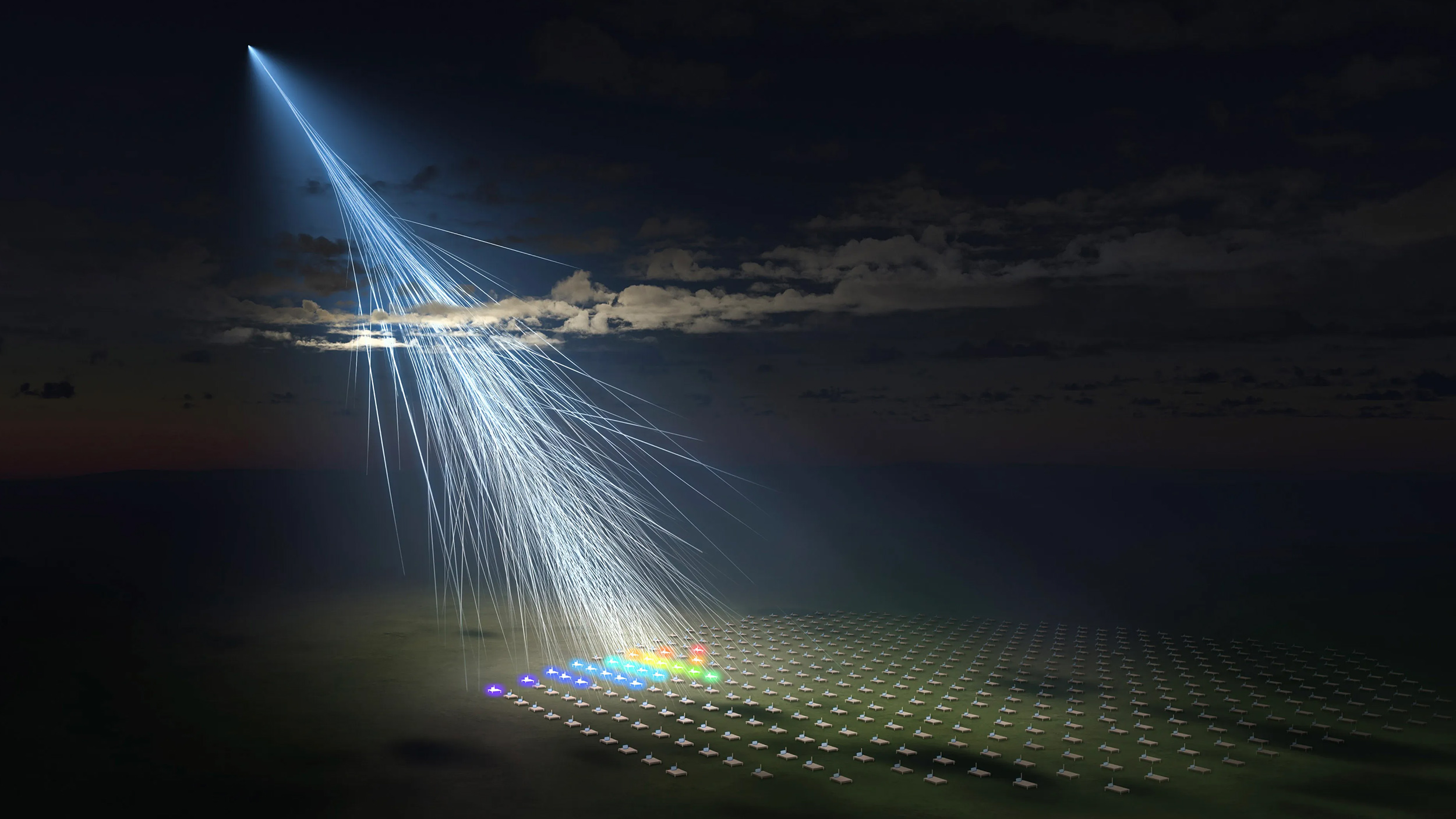Astronomers Observe Destructive Winds Regulating Black Hole Growth

If you think the wind where you live is blustery, just imagine if it moved at one-third the speed of light. That’s what life would be like if you lived adjacent to a supermassive black hole. Well, actually if you lived adjacent to a supermassive black hole you’d likely have a whole host of other things to worry about. But for now let’s just focus on these “winds of destruction,” the subject of a recent discovery that sheds light on how black holes grow:
“NASA’s Nuclear Spectroscopic Telescope Array (NuSTAR) and ESA’s (European Space Agency) XMM-Newton telescope are showing that fierce winds from a supermassive black hole blow outward in all directions — a phenomenon that had been suspected, but difficult to prove until now. This discovery has given astronomers their first opportunity to measure the strength of these ultra-fast winds and prove they are powerful enough to inhibit the host galaxy’s ability to make new stars.”
As Michael D. Lemonick writes over at NatGeo, astronomers now have “the best evidence yet that black holes can both limit their own growth and shut down star formation in their neighborhoods.”
“The evidence, reported Thursday in Science, comes in the form of X-rays streaming from a quasar— a spot of light so bright that it outshines an entire galaxy — located just over 2 billion light-years from Earth. ‘It’s a very nice observation,’ says Princeton astrophysicist Jenny Greene, who was not involved with the research.”
As with any discovery of this nature, it’s important to note that what scientists have observed has already happened — two billion years ago, in fact. And that despite fun sci-fi portrayals, humanity will likely never come within a million lifetimes’ worth of distance of encountering one. Still, observations of this kind help to illuminate our ever-growing understanding of the works of the universe and, eventually, should supply the final puzzle pieces for how it all came to be.
Read more at Science, NASA and NatGeo.





